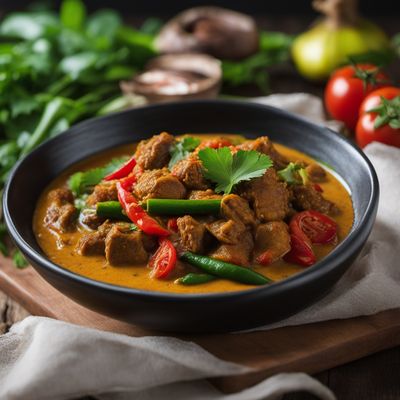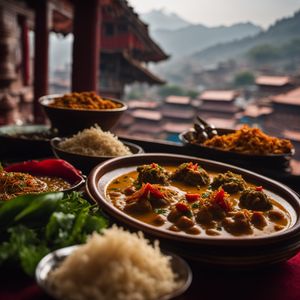
Dish
Gundruk
Gundruk is made by fermenting leafy greens such as mustard greens, spinach, or radish leaves. The leaves are first wilted, then packed into a jar with salt and spices, and left to ferment for several days. The resulting product is a sour and slightly spicy condiment that can be used in a variety of dishes. Gundruk is high in vitamins and minerals, and is a good source of probiotics.
Origins and history
Gundruk has been a staple food in Nepal for centuries, and is believed to have originated in the Himalayan region. It is often used in soups, stews, and curries, and is also eaten as a side dish with rice and dal. Gundruk is a popular food among the Nepalese diaspora, and can be found in Nepalese restaurants around the world.
Dietary considerations
Suitable for: Vegetarians. Suggestions: Gluten-free.
Variations
There are many variations of gundruk, depending on the type of leafy greens used and the spices added. Some recipes call for the addition of tomatoes, onions, or garlic, while others use a mixture of different greens. Gundruk can also be made into a soup by adding water or broth.
Presentation and garnishing
To make gundruk, be sure to use fresh, high-quality leafy greens. The fermentation process can take several days, so be patient and allow the gundruk to ferment fully before using it in your dishes. Garnish with fresh cilantro or chopped green onions.
Tips & Tricks
Gundruk can be stored in an airtight container in the refrigerator for up to a month. The longer it ferments, the stronger the flavor will be.
Side-dishes
Gundruk is often served with rice and dal, and can also be eaten with roti or naan bread. It pairs well with spicy curries and chutneys.
Drink pairings
Gundruk is typically served as a side dish and pairs well with a variety of drinks such as water, tea, or beer.
Delicious Gundruk recipes
More dishes from this category... Browse all »
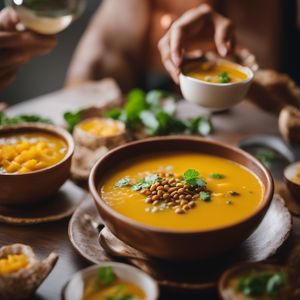
Aam dal
Indian cuisine

Aloo baingan
Indian cuisine

Aloo choka
Guyanese cuisine
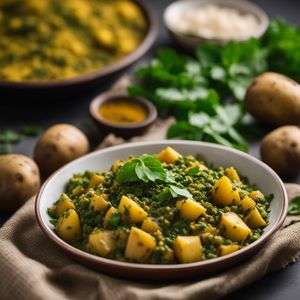
Aloo methi
Indian cuisine
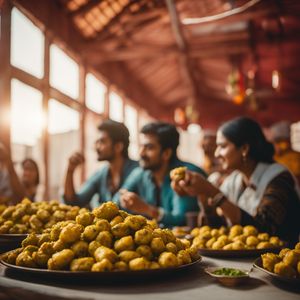
Aloo simla mirch
Indian cuisine

Aluchya Wadya
Indian cuisine

Ambuyat
Bruneian cuisine

Arakas me aginares
Greek cuisine
